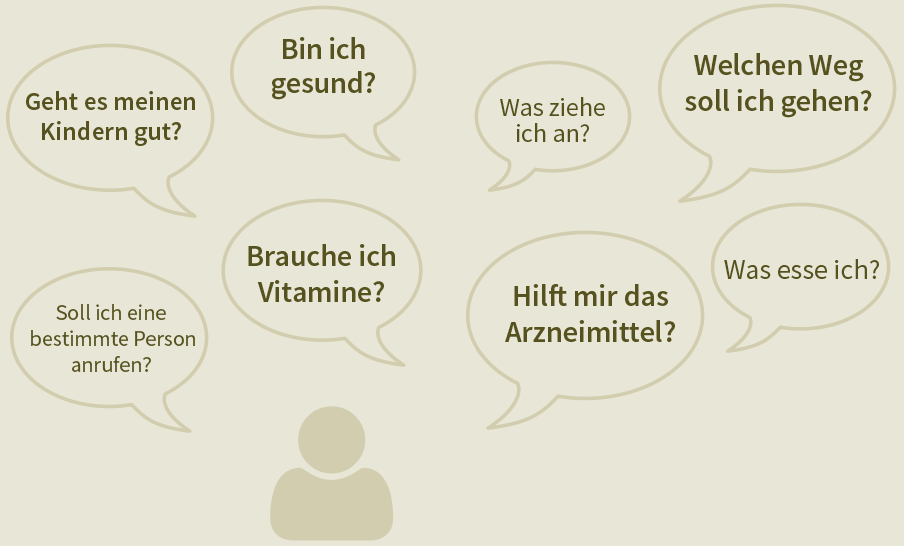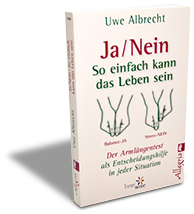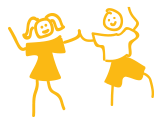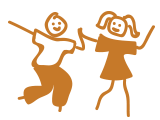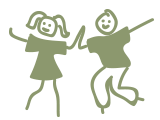Concept of human nature
I have eight children, and with them, I’ve also experienced various types of school systems—state schools, catholic boarding schools (as an atheist), classical grammar schools, art schools, nature schools and Waldorf/Steiner schools.
The only school among them capable of preserving and even increasing the joy and enthusiasm of learning was the Waldorf school. What distinguishes it from all the others, including the alternative schools we’ve experienced, is that it pursues a view of human nature that sees the potential of children, thus giving them the space to discover themselves and live their true Self.
OUR MOTIVATION IS TO:
See the potential, thus allowing it to unfold.
Support the children in finding and living their true Self.
Leave it up to the individual child to decide when he or she is interested in which area.
Give children the space to pass on to other children what they’ve learned.
Encourage all skills as equivalent in everyone.
Goals of schooling
This is about encouraging the joy of learning, discovering and manifesting—that is, the joy of life. It’s about supporting people in their all-round development and in their ability to master the challenges of life self-responsibly as generalists. It’s also about encouraging social, emotional, mental, creative and intuitive skills as equivalent in everyone. And it’s about supporting children to express and live their individuality, find themselves and assume responsibility for themselves, to discover knowledge, wisdom and skills in integrative ways, to become free and happy, and to live life with love and joy.
Learning paths
Children choose one of these Houses for a period of up to two months, out of their own free will and based on their current interests. In the House they’ve chosen, the children will come together across different age groups like a family and be supported by facilitators/coaches.
There won’t be any more teachers in the classic sense. These facilitators are more like supervisors and mentors who accompany and support the children with love and trust.
For a certain period, the same topic is shared by all Houses where it will be explored from their respective angle. After half of that period has passed, the Houses will present their intermediate results, and final results will be presented once the period has been completed. Since all Houses will have researched, discovered, experienced and created on the same topic, they inspire one another, thereby learning a wealth of perspectives and views from one another and thus depth.
Due to the family structure across different age groups in the Houses, children are both learners and “teachers.” The children have to change House twice a year but they can also do so at the beginning of every new period.
At the HOUSE OF LIVING, all children meet every day. That’s where they eat, celebrate, communicate, play, etc.
The innerwise School offers skilled and experienced people (such as retired craftsmen, artists, scientists, agriculturists, etc.) an opportunity to pass on their know-how to the next generations.
Creative people or researchers have the opportunity to spend creative holidays as mentors at the school, being inspired by the wealth of the children while offering them their knowledge and skills.
Languages will be learned through student exchanges with innerwise Schools in other countries, or at the Houses through facilitators speaking in their native language.
In these ways, children can explore and discover knowledge,
make experiences, let creativity flow and
their self-responsibility grow,
and experience team work.
